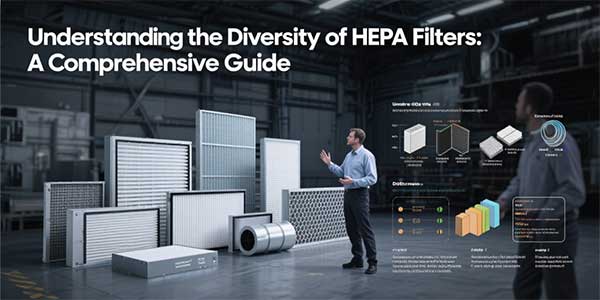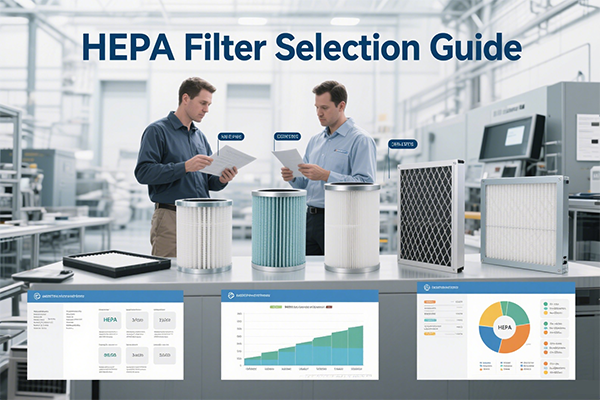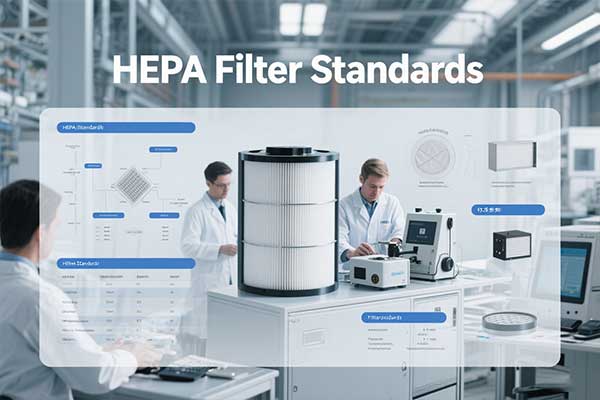
High-Efficiency Particulate Air (HEPA) filters are pivotal in maintaining Clean air environments, making them integral to various industries and settings, from healthcare to manufacturing. This guide explores the diverse types of hepa filters by deciphering their functionalities, structural classifications, and filtration efficiencies.
Functionality-based Classification
hepa filters come with functionalities tailored for specific needs, enhancing their versatility:
1. High-temperature Resistant HEPA Filters
High-temperature resistant HEPA filters maintain their integrity and performance in environments with elevated temperatures, such as industrial processes and certain pharmaceutical applications.
2. Activated Carbon HEPA Filters
These filters integrate activated carbon, providing dual functionality by not only trapping particulates but also absorbing odors and volatile organic compounds (VOCs), making them ideal for residential and commercial use.
Structural Classification
The structure of a HEPA filter significantly influences its application and efficiency:
1. Gel Seal (Liquid Groove)
Gel seal HEPA filters ensure airtight sealing through a viscous gel, making them ideal for sensitive environments like clean rooms.
2. With Separators
Filters with separators between the pleats maintain consistent spacing and airflow, enhancing durability and efficiency under fluctuating conditions.
3. Without Separators
These modern designs, improved by innovations, allow for compact construction without sacrificing performance, offering higher airflow capacity in smaller spaces.
Filtration Efficiency Grades
HEPA filters are classified according to their filtration capabilities, adhering to international standards like EN 1822-1:
H13
Captures at least 99.95% of airborne particles, suitable for general air purification.
H14
Offers greater efficiency, retaining 99.995% of particles, commonly used in hospitals.
U15 - U17
Ultra-low penetration air (ULPA) filters capturing up to 99.99999%, essential in Semiconductor manufacturing.
Selecting the Right HEPA Filter
Choosing the appropriate HEPA filter requires an understanding of both the functional requirements and structural designs crucial to achieving desired air quality levels. Advanced technologies tailored for diverse applications underline the commitment to air purity and innovation.

Common Related Questions and Answers
1. What does HEPA stand for?
HEPA stands for High-Efficiency Particulate Air. It refers to a type of filter that can trap a large percentage of very small particles, including dust, pollen, mold spores, and other allergens. HEPA filters are commonly used in air purifiers, vacuum cleaners, and HVAC systems to improve indoor air quality.
2. Are all HEPA filters the same?
No. HEPA filters all meet certain efficiency standards, but they vary in design, size, and performance. While they all provide some degree of filtration, they are usually held to different standards.
References
This guide is informed by various HEPA filter standards, expert insights, and cross-industry applications.
For a deeper dive, consult the latest publications on air filtration technologies and international standards like EN 1822-1.

Understanding the Diversity of HEPA Filters: A Comprehensive Guide
 +86 18186671616
+86 18186671616 Jason@cleanroomequips.com
Jason@cleanroomequips.com
 MENU
MENU



